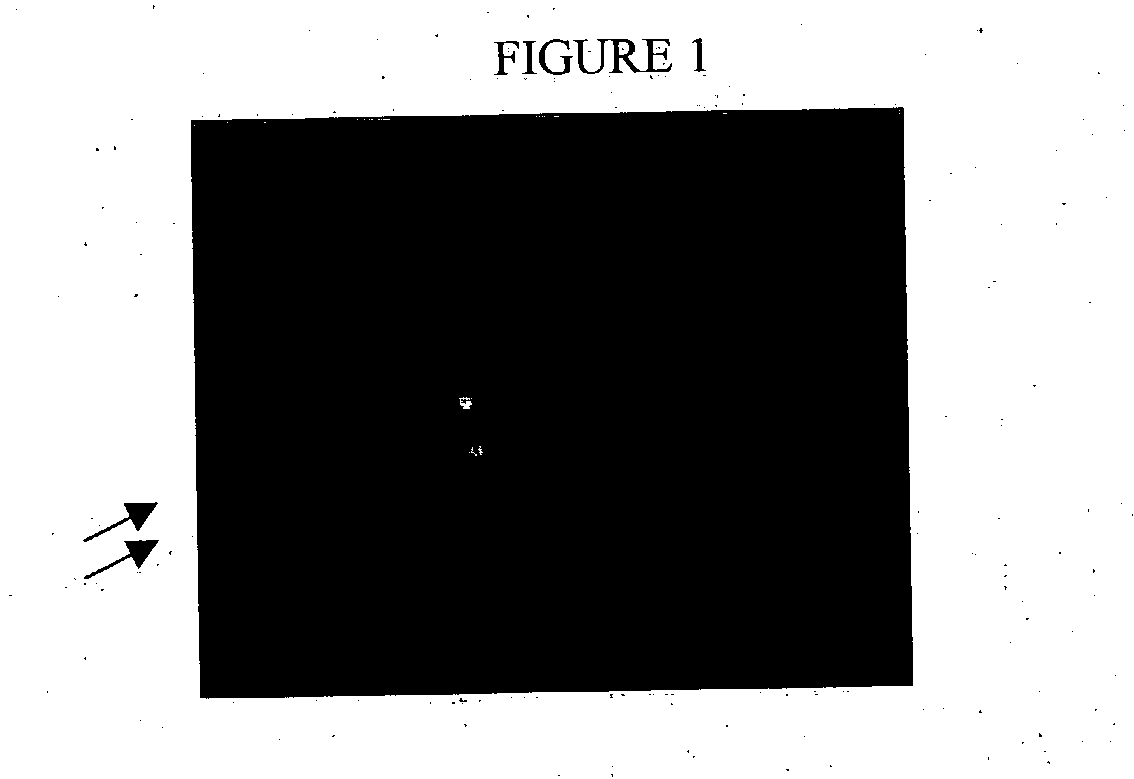Methods and compositions for the preparation and use of fixed-treated cell-lines and tissue in fluorescence in situ hybridization
a technology of fluorescence in situ hybridization and fixed treatment, which is applied in the field of molecular biology and medicine diagnostics, can solve the problems that the method was formally not compatible with fixed treatment cell lines or tissue, and achieve the effects of saving time, saving resources, and being more effective and valuabl
- Summary
- Abstract
- Description
- Claims
- Application Information
AI Technical Summary
Benefits of technology
Problems solved by technology
Method used
Image
Examples
example 1
Pretreatment
5 μm paraffin-embedded sections were dried at 37° C. for about 1 hour and then transferred to a decloaker chamber for 30 minutes where they were deparaffinized and antigen-retrieved using a solution that allows both steps to occur at the same time. The slides were then washed in PBS for 10 minutes, incubated for 20 minutes in 0.25% ammonia-ethanol at room temperature (RT), and then incubated for 50 minutes in 5% sodium borohydride in PBS at RT. The slides were then washed twice with tap water and then in PBS for 5 minutes.
Hybridization
The slides were incubated for at least 15 minutes in a prehybridization solution of formamide / 2×SSC at RT. The slides were then hybridized with a specific set of probes at 37° C. in a humidity chamber from 3 hours to overnight. The slides then underwent several post-hybridization washes which included:
Formamide / 2×SSC for 20 minutes at 37° C. 1×SSC at RT on a shaker for 15 minutes 0.5×SSC at RT on a shaker fo...
PUM
| Property | Measurement | Unit |
|---|---|---|
| temperature | aaaaa | aaaaa |
| temperature | aaaaa | aaaaa |
| thickness | aaaaa | aaaaa |
Abstract
Description
Claims
Application Information
 Login to View More
Login to View More - R&D
- Intellectual Property
- Life Sciences
- Materials
- Tech Scout
- Unparalleled Data Quality
- Higher Quality Content
- 60% Fewer Hallucinations
Browse by: Latest US Patents, China's latest patents, Technical Efficacy Thesaurus, Application Domain, Technology Topic, Popular Technical Reports.
© 2025 PatSnap. All rights reserved.Legal|Privacy policy|Modern Slavery Act Transparency Statement|Sitemap|About US| Contact US: help@patsnap.com

